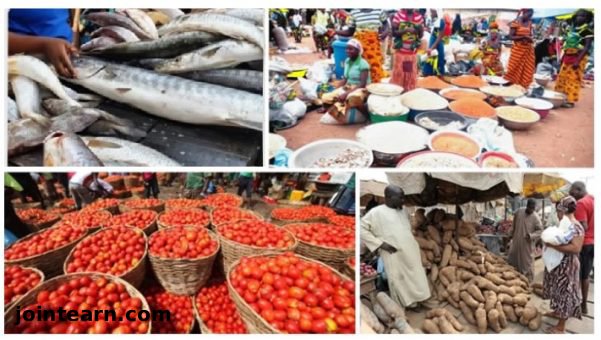
A new food security analysis has projected that 34.7 million Nigerians across 27 states and the Federal Capital Territory (FCT) could face severe food and nutrition insecurity between June and August 2026.
The alarming forecast was released in the latest Cadre Harmonisé (CH) report, presented during a workshop in Abuja on Friday. The report also reveals that the current situation is already critical, with 27.2 million people, including over 485,000 internally displaced persons, experiencing crisis-level food insecurity or worse from October to December 2025.
A “Wake-Up Call” from Current Realities
The Permanent Secretary of the Federal Ministry of Agriculture and Food Security, Dr. Marcus Ogunbiyi, described the findings as a “wake-up call” demanding urgent and coordinated action.
“The results we are examining today go beyond data; they speak to the realities of millions of Nigerian households,” Ogunbiyi stated.
Key Drivers of the Crisis
The report identifies a confluence of factors driving the food crisis:
- Persistent Insecurity: Insurgency, banditry, and kidnapping in the North-East, North-West, and North-Central regions continue to restrict farmers’ access to their farmlands.
- Economic Pressures: High food prices, fueled by the volatile naira-dollar exchange rate and soaring transport costs, have severely eroded household purchasing power. Prices for items like vegetable oil, meat, and dairy rose by over 35%.
- High Input Costs: The cost of fertilizers and agrochemicals has risen by about 56%, discouraging many farmers from participating in the upcoming dry-season farming.
- Climate Shocks: Floods and prolonged dry spells are negatively impacting agricultural output.
- Impact of Food Imports: While government food import programs have helped ease consumer prices, they have simultaneously hurt local producers, leading to losses and disincentivizing domestic production.
A Dire Nutrition Situation
The nutrition outlook is particularly grave in several northern states. Borno, Yobe, Adamawa, Katsina, and Jigawa are classified between “Serious” and “Critical” levels of malnutrition. Specific areas in Borno and Katsina have already crossed into emergency phases of acute malnutrition. The report also highlighted crisis-level mortality rates in parts of Borno, Adamawa, and Sokoto.
Officials from the Ministry and the Food and Agriculture Organization (FAO) affirmed that these findings will guide critical government interventions, such as the National Agricultural Growth Scheme, to avert a full-blown catastrophe.
Leave a Reply